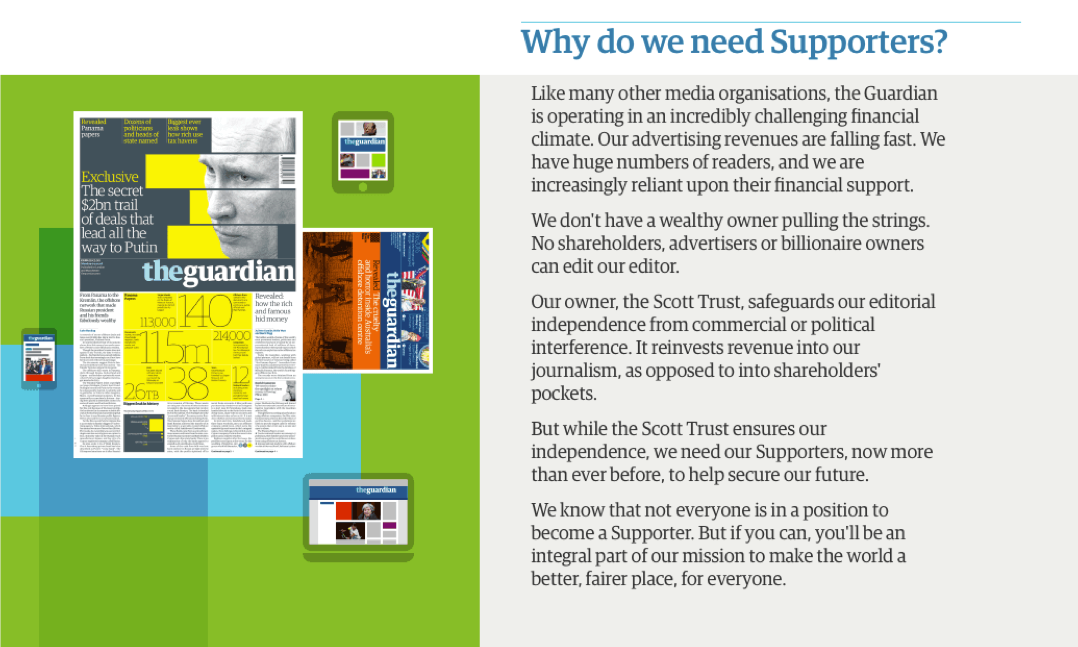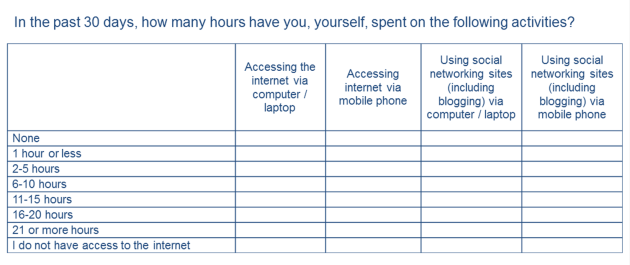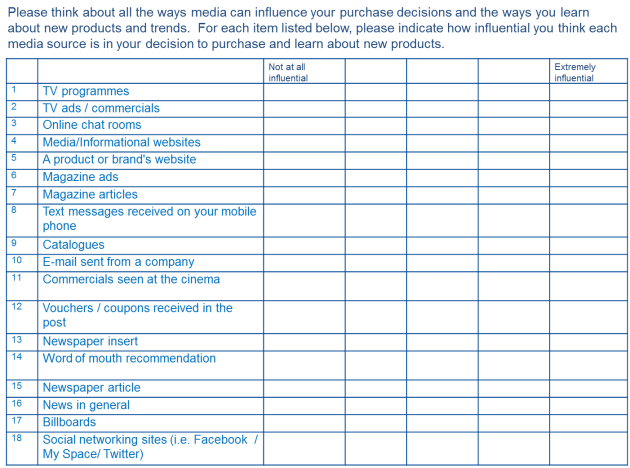The other day, I found myself, yet again, marvelling at the “that’s bleeding obvious, but so true and I wish I had thought of it’ wisdom of marketing professor, Mark Ritson.
He had written an article recommending that the best way to get a top job in marketing was to pretend to buy into vogueish, digital bullshit, rather than correcting your potential employer and giving a more balanced strategic perspective.
“To put it more bluntly: if you are a proper marketer, your brain might answer a recruitment question correctly but you will consequently lose the role to a lesser marketer. So, ignore the technically correct answer and go with the vocationally prudent one instead.”
His premise – that marketers have been swept away by digital tactics, and have lost the plot when it comes to more rigorous strategic thinking – rings very true with me. The expression ‘digital first‘ marketing is the epitome of the tactical tail wagging the strategic dog.
One of the areas of digital hype in Ritson’s firing line is social listening:
“Social listening is a very cool, very unrepresentative real-time barometer of brand sentiment that you should look at but it should never be more than 5% of your insight pool “
This area – sometimes called online anthropology (cool eh?) has long fascinated me. I even attended the BrandWatch annual conference specifically to learn everything about social listening, so I could wow my friends with the most current buzzy techniques. I was disappointed, nothing genuinely compelling here, but concluded that I just didn’t get it. Simply not cool enough to capture the zeitgeist.
Then a couple of ears ago, I was working on a marketing campaign in a therapy are that was new to me – autism. In these situations, the first thing to do is to furiously hoover up every bit of research, medical coverage, editorial and opinion around the therapy area, so I immersed myself in all things autistic.
One research source, commissioned at great expense by the client, jumped out at me – a study which beautifully segmented the audience of autistic kids, teens and their parents. It was packed with insight. It described a spectrum of perspectives ranging (and I’m not remotely doing it justice here) from those who had limited horizons and were largely defined by their ‘condition’ to others who seemed to excel in many ways and could almost be said to treat autism as their ‘super-power‘.
For the purposes of developing an advertising strategy, this was a compelling piece of work. If the ‘super power’ angle was tenable, and if it represented an aspirational, yet realistic proposition, it was a massively fertile creative territory. The agency was salivating at the prospect. A host of exciting storylines rapidly presented themselves – the narrow line between madness and genius, the unsung hero (tortoise) who quietly excels ahead of the flamboyant charlatan (hare), the power of concentration to go beyond what was thought possible etc.
Being a bit of a research nerd, I was interested in the methodology for this segmentation, so I dug a bit deeper. It turned out the segmentation was based on a deep-dive, social listening exercise. What does that mean? It means they ‘scraped’ a large number of conversations happening online, around autism, and set about grouping the attitudes expressed, into segments. Nothing wrong with that – it was incredibly insightful, yielding some fascinating angles.
But there’s a huge assumption here – that the opinions expressed in this ‘scraping’ are in some way representative of the population concerned, in this case autistic kids, teenagers and their parents. A moment’s reflection confirms this is likely the opposite of the case. Online conversations, of the kind elicited by the researchers, almost certainly reflect a sub-set of our population who are atypical. They are by definition high-performing, literate, tech-savvy and opinionated. A brief dive into all the other autism literature tells us that this is very far from typical.
So when Ritson says social listening is “a very cool but very unrepresentative real-time barometer of sentiment” I can absolutely concur.
Unfortunately, we never got to create a campaign about autism as a super-power. It would have been a fantastic creative opportunity. But it would have been based on a tiny, unrepresentative insight based on a small, atypical sub-set of our audience.
Narrow escape or missed opportunity?
Can’t decide, but when it comes to social listening, I don’t feel so bad about ‘not getting it’ any more. Having said all that, it’s a technique that can add something really valuable to the insight armoury, For example, when good tracking study researchers report their findings, they often supplement the survey data on attitudes with concurrent metrics covering online sentiment. It makes perfect sense.
If you don’t believe the hype, this digital revolution can be genuinely helpful.




